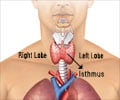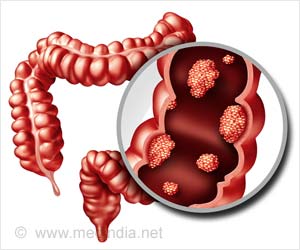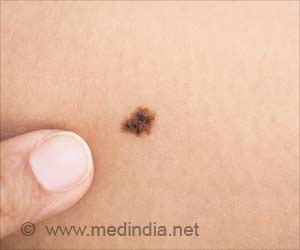
And in a bid to combat this problem of resistance, researchers at Fox Chase Cancer Center made the above hypothesis.
One well-validated molecular target for anti-cancer drugs is the epidermal growth factor receptor, or EGFR. Using a novel screening approach, investigators in the Fox Chase Developmental Therapeutics Program identified over 60 additional proteins that are necessary for cells to survive in the presence of an EGFR inhibitor.
When they simultaneously blocked the EGFR inhibitors and any one of these other proteins, more of the cancer cells died.
The researchers said that this screening strategy to identify targets for effective combinations of cancer drugs will open the door for future therapies.
Already, two clinical trials are under way to test innovative drug combinations suggested by the new tactic.
Advertisement
To identify additional targets that would boost the effectiveness of EGFR inhibitors against cancer, the researchers screened only proteins that interact directly or indirectly with EGFR.
Advertisement
They then used an experimental technique called small inhibitory RNA (siRNA) systematically to block activity of each of the genes in cancer cells that had been treated with an EGFR inhibitor.
In doing so, the investigators demonstrated on three clinically relevant examples for which drugs are already available-PRKC, STAT3, and Aurora kinase A-that these proteins were necessary for cell survival in the presence of an EGFR inhibitor.
This two-hit strategy-where neither hit is adequate to kill the cells, but together they are-is called synthetic lethality.
The study is published in the latest issue of Science Signaling.
Source-ANI














